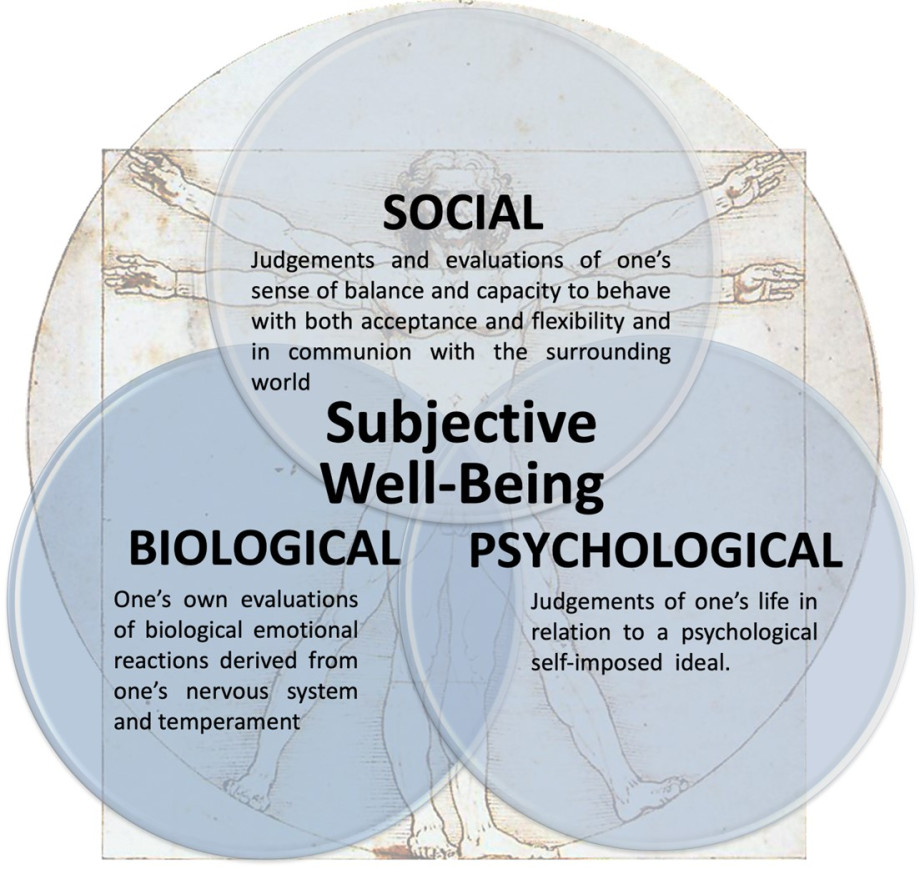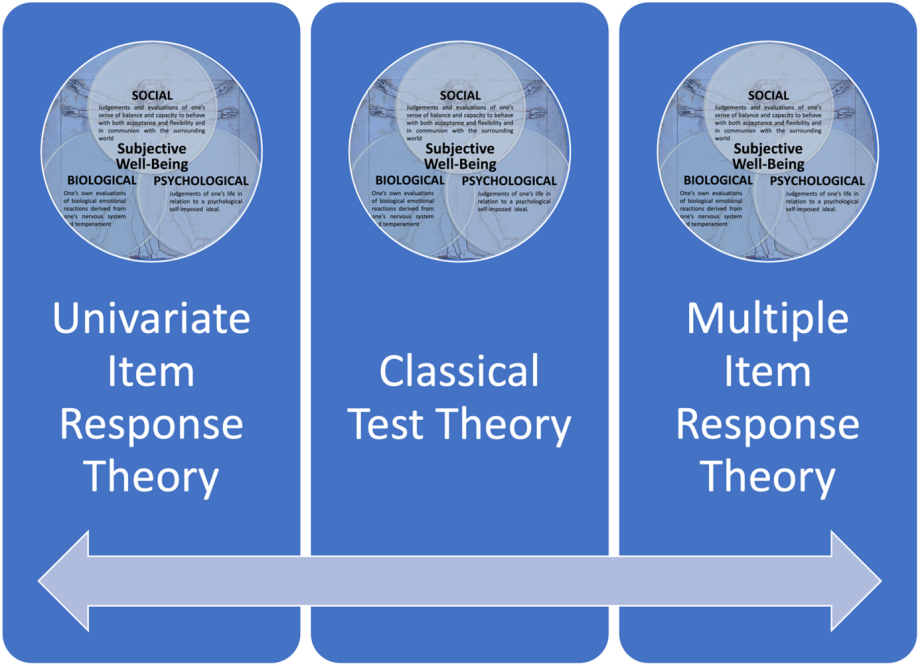For over 30 years, the concept of subjective well-being has been traditionally understood as consisting of two components: affect and cognition, typically conceptualized as life satisfaction.
This project develops a comprehensive biopsychosocial model of subjective well-being that integrates affect, life satisfaction and harmony in life.
The research project is part of the International Network for Well-Being at University of Stavanger.
Contributors
- Danilo Garcia (UiS, Principal Investigator)
- Kevin M. Cloninger (Anthropedia Foundation, USA, Collaborator)

Background
For over 30 years, the concept of subjective well-being has been traditionally understood as consisting of two components: affect (the emotional component) and cognition (the evaluative component), typically conceptualized as life satisfaction. However, growing evidence suggests the need for a biopsychosocial model that also includes a social dimension—harmony in life. This project develops a comprehensive biopsychosocial model of subjective well-being that integrates affect (positive and negative emotions), life satisfaction (cognitive evaluations), and harmony in life (the social and behavioral dimension). Harmony reflects an individual’s ability to achieve balance and adapt in relation to life’s internal and external demands.
Aim
This project aims to validate a biopsychosocial model of subjective well-being, which addresses the dynamic interaction between physiological, psychological, and social factors in contributing to well-being. This model extends beyond traditional two-component frameworks to reflect the holistic complexity of human well-being.
Method
Various psychometric approaches, including Classical Test Theory and Item Response Theory, were used to evaluate the model’s validity. The Positive Affect Negative Affect Schedule, Satisfaction with Life Scale, and Harmony in Life Scale were administered to large samples. Statistical methods such as Bifactor Models, Multidimensional Item Response Theory, and Semantic Analysis were applied to explore the multidimensionality of subjective well-being.
Expected Results
The biopsychosocial model is expected to demonstrate a more robust predictive power for overall well-being compared to traditional models. By including harmony in life, the model will offer a deeper understanding of the role that social and behavioral factors play in subjective well-being, particularly within collectivist and balanced cultural frameworks.
Relevance
This research has the potential to redefine the measurement and conceptualization of well-being by incorporating social harmony as a critical component. It could inform future interventions, well-being policies, and strategies aimed at enhancing overall life satisfaction and mental health.
